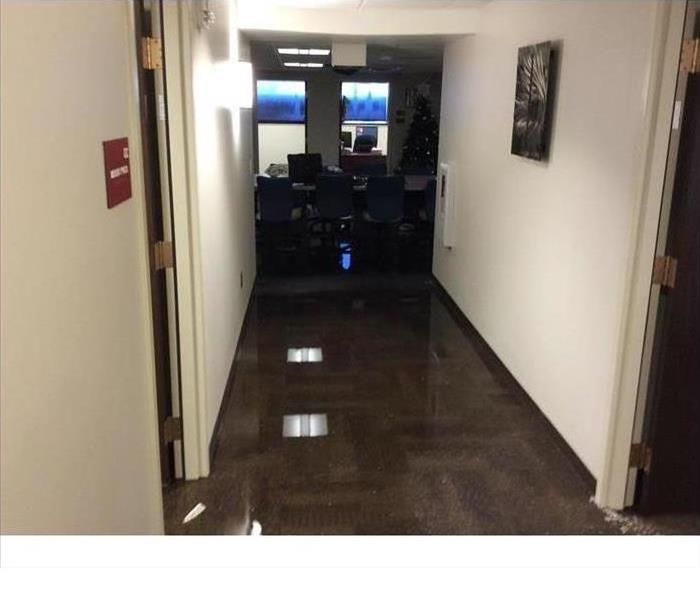Preventing Mold After Home Flooding
9/20/2018 (Permalink)
Extensive flooding causes many problems beyond just the initial water damage. One of the most significant concerns is the issue of mold growth. Mold begins to form within 24 hours after a flood, which means that quick action is necessary to prevent the extensive and exhausting mold removal process. The four steps below can help you diminish the risk of mold exposure after a flood.
1. Dry It
It is wise to dry out your home as quickly as possible after a flood. You can begin the drying process by purchasing or renting several dehumidifiers, fans, and air movers. To help your furniture or other belongings dry out, it is best to place them in a dry location outside where they have exposure to the sun.
2. Clean It
Once all of your items have dried thoroughly, you can begin the process of cleaning them. You may use any number of disinfectants, but bleach is typically the most reliable and most cost-effective cleaner after a flood because it kills most bacteria and prevents the spread of mold and mildew. Also, for your personal items or furniture, you may want to find a local expert in the Oklahoma City, OK, to help you clean porous items.
3. Discard It
To prevent mold growth, it may be necessary to throw away certain porous items that cannot be professionally cleaned, like mattresses. These types of deep, absorbent surfaces provide an ideal location for the spread of mold and mildew.
4. Call Backup
Again, as the cleanout and salvage process following a flood can be exhausting, seeking help from local professionals, friends, family, or neighbors is beneficial. Having a support system in place will help to relieve your stress and worry.
Mold growth can be a definite concern after a flood, but with the right approach and the right group of friends, it may be preventable. The four steps above provide an outline for the systematically tackling of the flood cleanup process to give you the best chance at minimizing mold exposure.





 24/7 Emergency Service
24/7 Emergency Service
